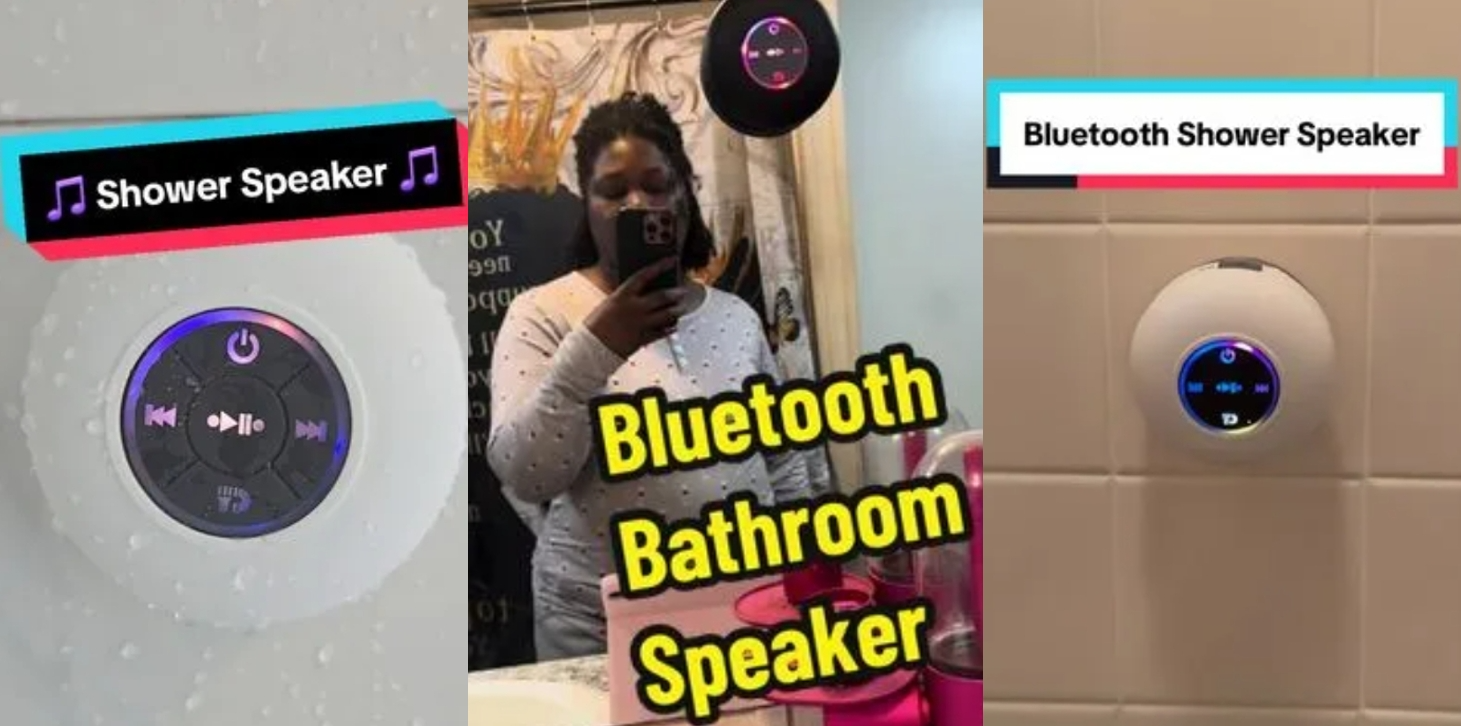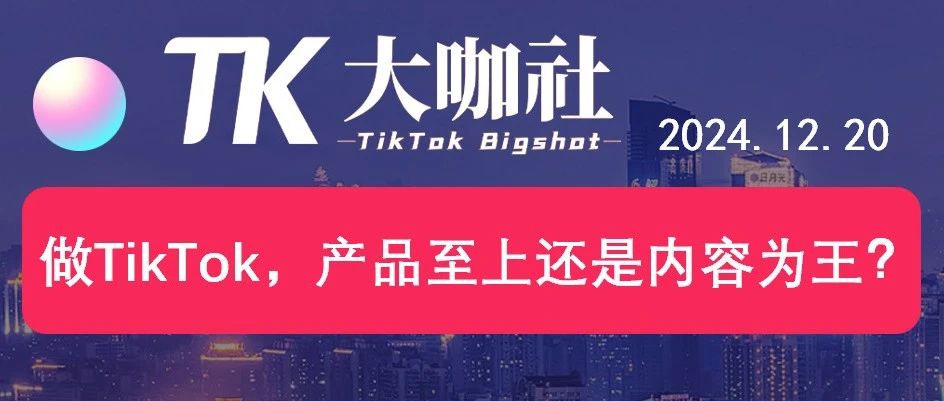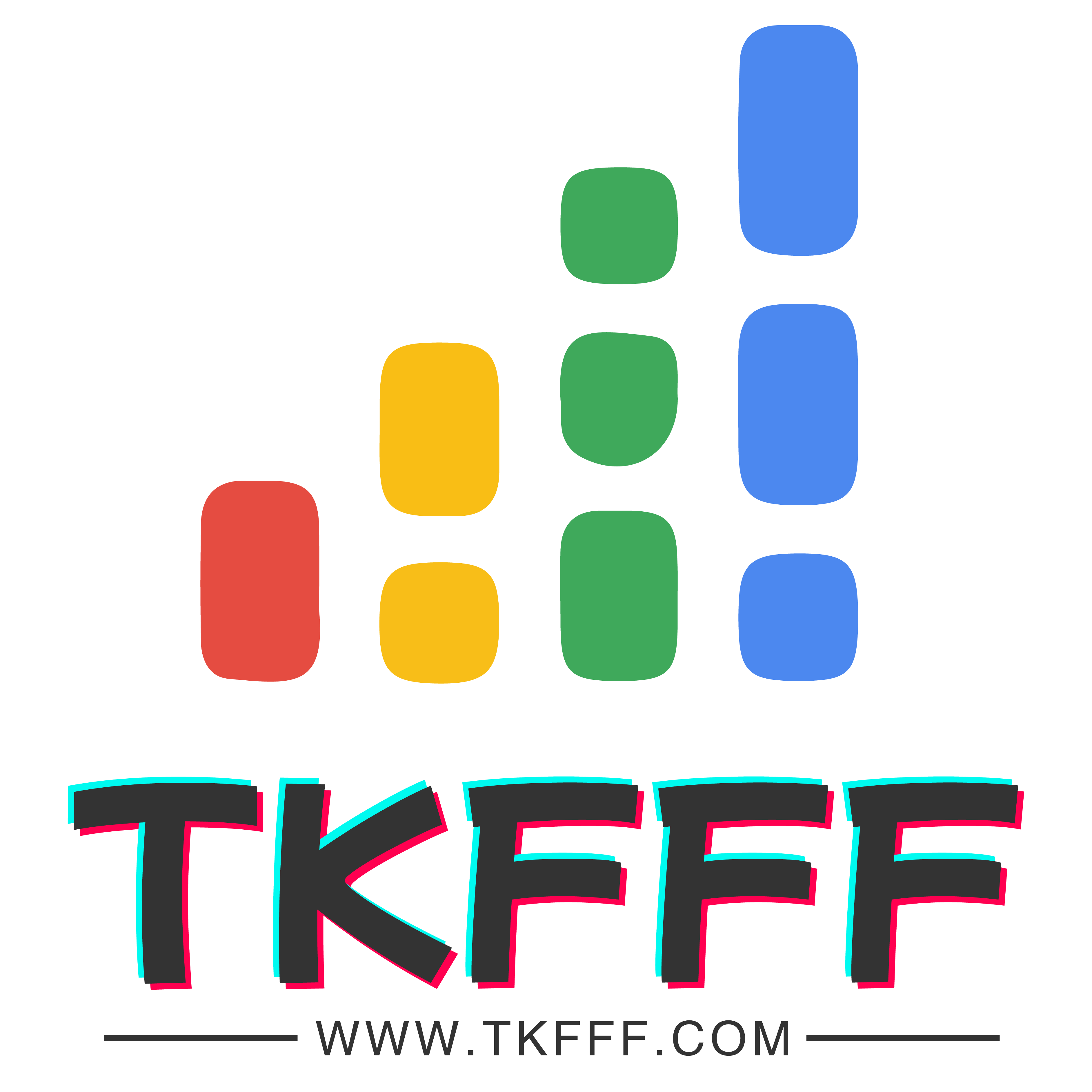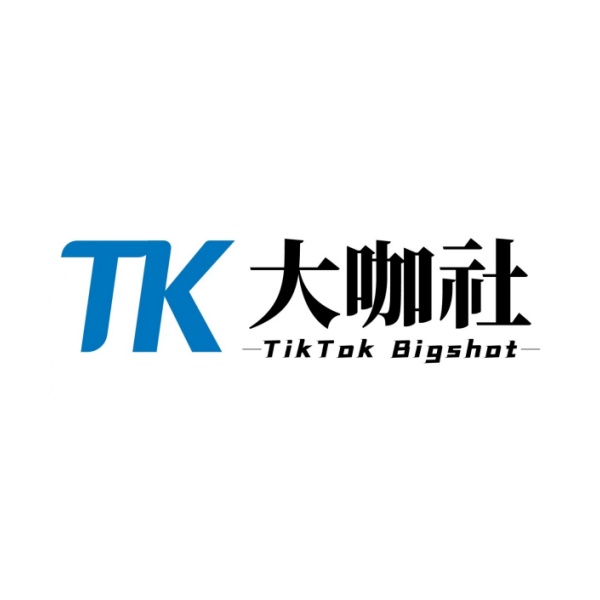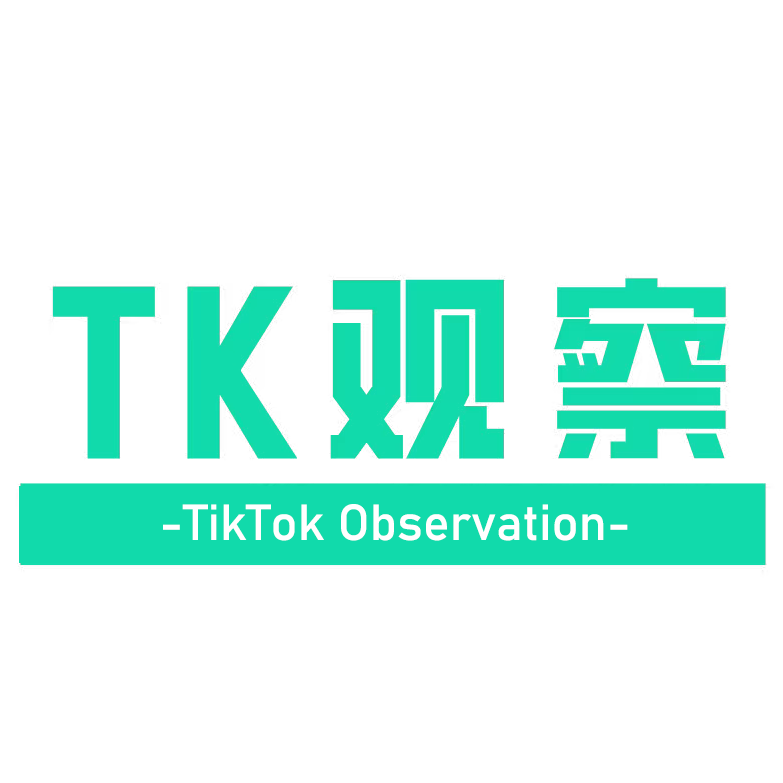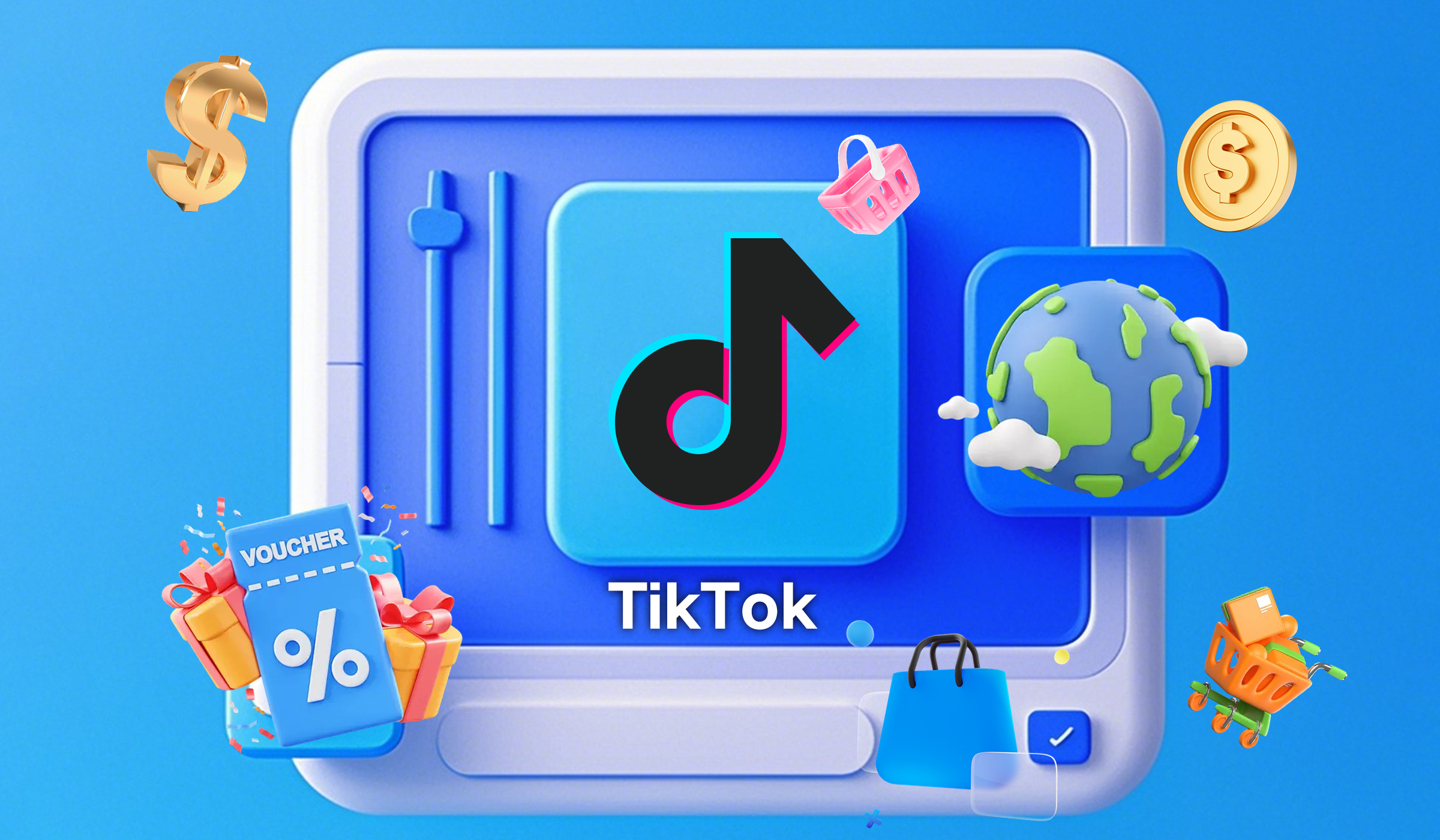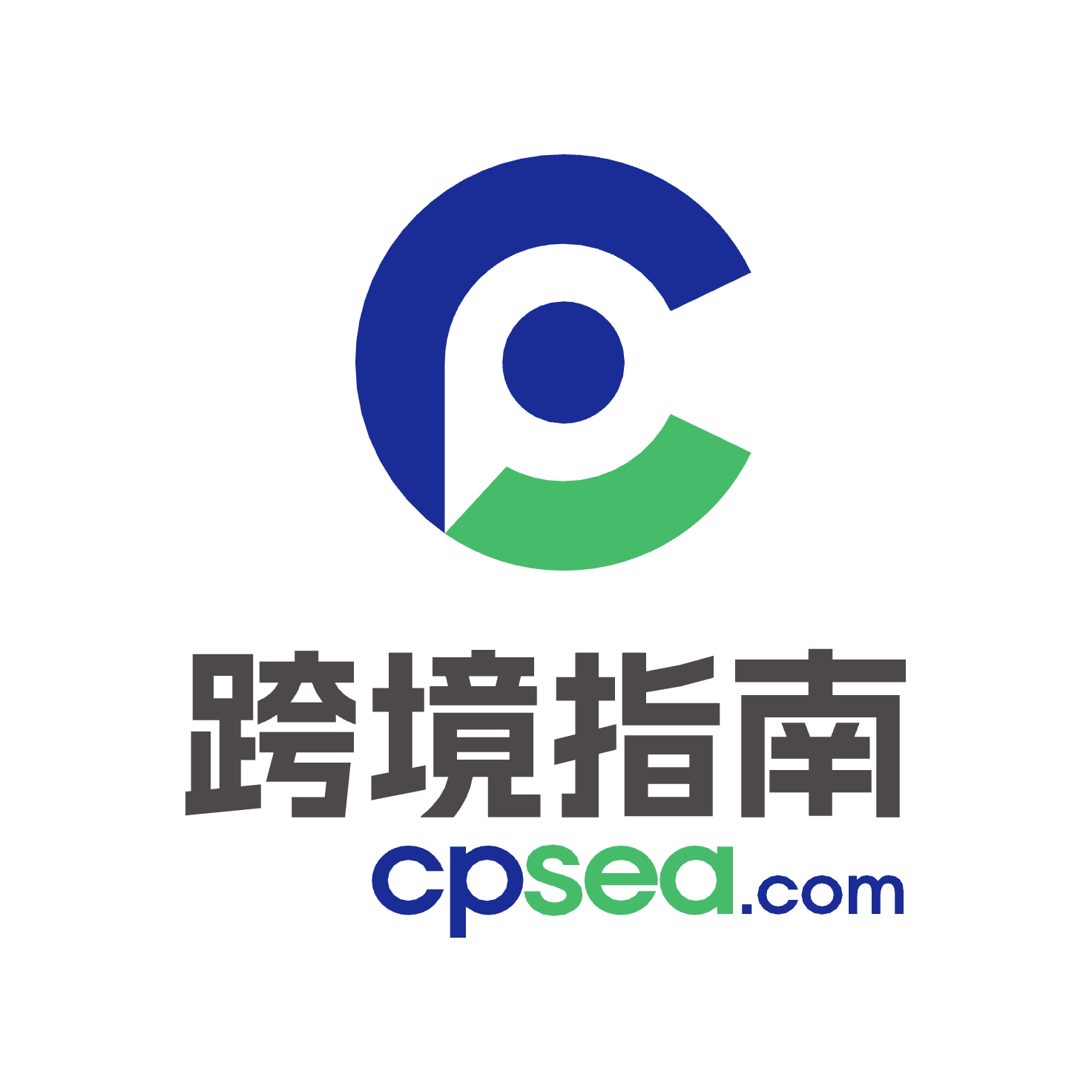Tech On Me: Will Temu face the same fate as TikTok in Indonesia?
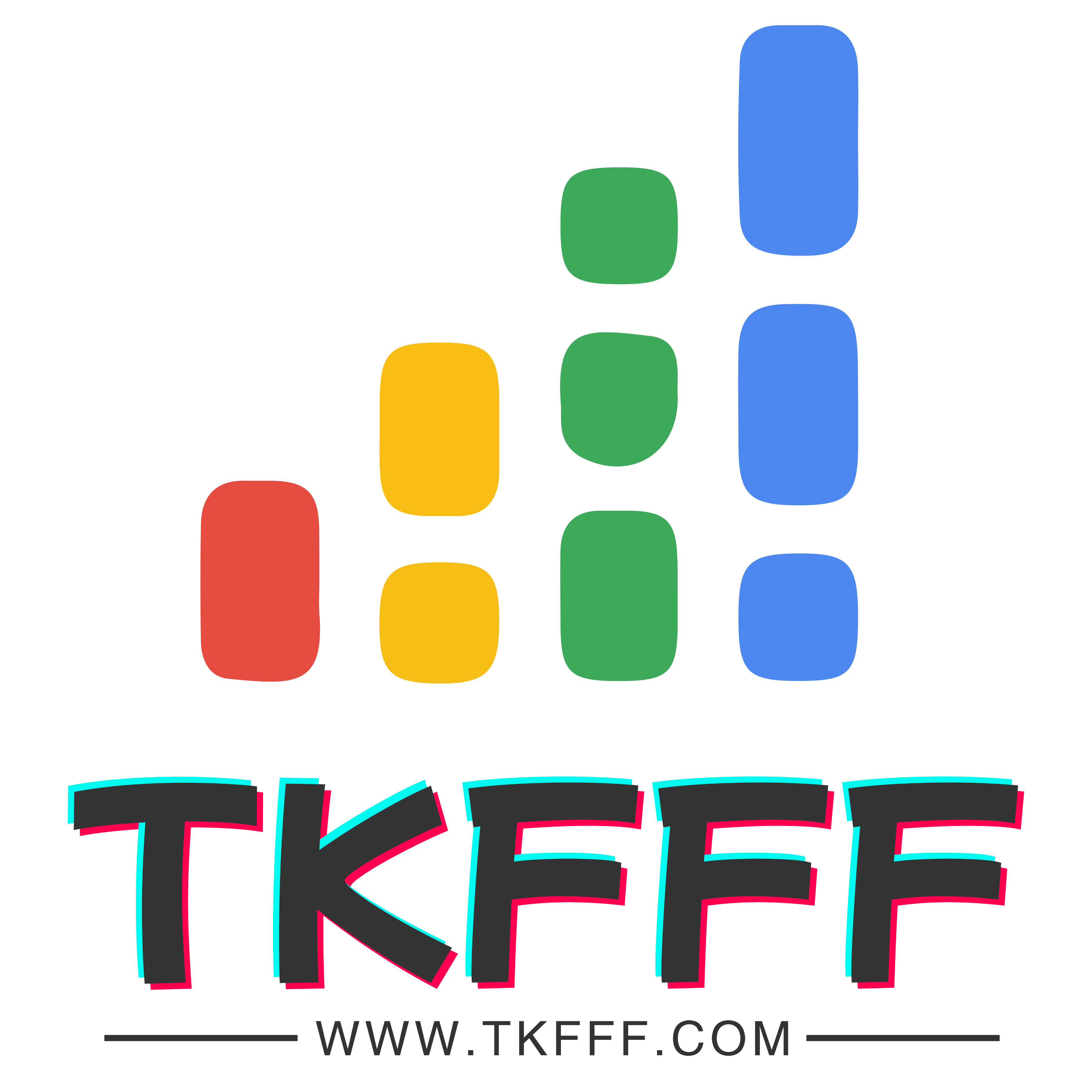
TKFFF · 2024-06-28 16:30
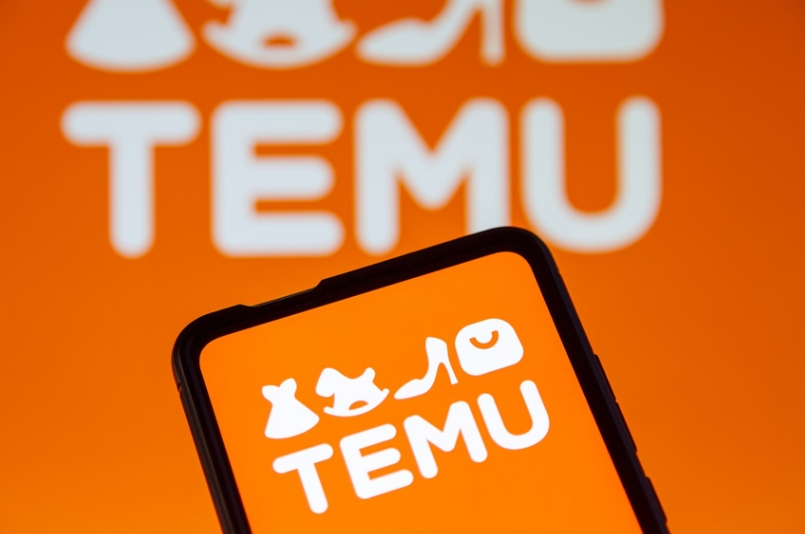 This week's focus
Pinduoduo-owned Temu faces possible regulatory challenges in Indonesia as it plans to enter the country with its direct-to-consumer sales model, conflicting with local laws requiring an intermediary. Isy Karim, director general of domestic trade, stated that Temu has not yet applied for an e-commerce license. Local officials are concerned about the impact on jobs and consumer prices, with the Indonesian Chamber of Commerce fearing price drops due to the lack of intermediaries. Temu, which launched in the US in September 2022 and operates in over 70 markets, recently expanded into Southeast Asia, including the Philippines and Malaysia. Indonesia, the largest online shopping market in Southeast Asia, generated US$51.9 billion in revenue in 2022, accounting for 52% of the region's total.
My take: I previously wrote that Tokopedia is the platform of choice for 39% of Indonesia's online shoppers, second to Shopee, which boasts a massive 73% patronage. After that comes Lazada, with a 22% share, while Bukalapak, Blibli, and Zalora trail with 6%, 5%, and 2%, respectively. So it made sense for TikTok to buy Tokopedia after TikTok faced similar regulatory issues in Indonesia and was banned in October 2023. It will be interesting to see if Temu follows a similar path and buys a local platform like Bukalapak or Blibli.
In other news
How do you solve the fragmentation in TV?
Miq, a programmatic media partner for brands and agencies, has teamed up with Hoppr, a connected TV (CTV) platform in Singapore, to tackle the TV industry's fragmentation challenge which limits advertising reach. As Hoppr’s preferred managed service activation partner, MiQ will allow advertisers to plan and buy inventory with guaranteed ad visibility, ensuring precise targeting and maximising campaign impact by delivering messages to relevant household audiences. They are also exploring opportunities to expand their partnership to include advanced TV capabilities across linear, streaming, and YouTube in Singapore.
My take: The partnership between MiQ and Hoppr is both strategic and timely. CTV viewers, whether on Netflix or Disney+, often encounter the same ad repeatedly due to buy-side practices, industry structure, and ad tech limitations. Unlike linear TV's established reach and frequency planning tools, CTV's fragmented ecosystem complicates frequency management, spreading inventory across numerous platforms.
This fragmentation complicates marketers' primary measurement—the Gross Rating Point (GRP). Most CTV ad buyers use four or fewer inventory sources, but popular platforms often overlap, worsening the frequency problem. Repetition within the same ad break is another issue, often caused by insufficient reach to fill time-sensitive campaigns or competing third parties winning consecutive auctions for the same ad. Unlike linear TV, CTV lacks industry standards to detect and remedy repeated ads.
Something to look out for is IAB Tech Lab's new ‘Creative Ad ID Framework’, which aims to standardise creative IDs, ensuring ads are not repeated within the same pod, and addressing issues like competitive separation and brand safety. By diversifying inventory sources, enforcing frequency caps, and adopting the ‘Creative Ad ID Framework’ CTV players can reduce ad frequency issues, enhancing the viewer experience and improving campaign effectiveness.
This collaboration could revolutionise ad frequency management and enhance the viewer experience.
Is it AI or is it not?
Meta is facing backlash for its flawed approach to labeling photos as "Made with AI." The controversy arose when genuine images, such as a picture of a winning cricket team in India and an old 35mm scan by former White House photographer Pete Souza, were incorrectly tagged as AI-generated. Photographers are puzzled by what triggers the AI marker, leading to frustration, especially given the contentious nature of generative AI and its association with the unauthorised use of their work.
My take: It was only a matter of time before photographers would be saying enough is enough and fighting back. A great example is Chinese-born Singaporean photographer Zhang Jingna, fresh off winning her copyright case in Luxembourg, who is now suing Google for using her copyrighted work to train its AI image generator model, Imagen. Zhang, who has previously sued Midjourney and Stability AI, has launched Cara, an art platform that actively prevents AI from scraping artists’ work. This is a classic David versus Goliath fight, and it will be interesting to see who prevails.
You have to wait longer for ChatGPT’s new Voice Mode
OpenAI showcased a realistic ‘advanced voice mode’ for its ChatGPT platform in May, promising a rollout to paid users within weeks. However, the launch has been delayed. OpenAI revealed on its Discord server that the feature, initially planned for late June alpha testing with ChatGPT Plus users, was postponed due to unresolved issues. These include enhancing the model's content detection and refusal capabilities, improving user experience, and preparing infrastructure for scalability. The feature sparked controversy due to the default "Sky" voice's similarity to actress Scarlett Johansson's. Johansson stated she had never licensed her voice to OpenAI and took legal action. OpenAI denied using her voice or a soundalike without permission, but has subsequently removed the voice.
My take: It's good to see OpenAI exercising caution with its voice capabilities due to potential risks, including scams and emotional attachment, associated with such a realistic and responsive voice model. However, from the demo, it’s also clear they have other things to clear up before the model is user-ready, such as how to prevent the AI from interrupting the speaker.
Climate action marketplace
IPG Mediabrands has partnered with streaming platform SeenThis to launch the climate action marketplace (CAM). CAM combines SeenThis' streaming technology, PubMatic’s inventory, and IPG Mediabrands' performance agency, Kinesso. Since 2021, IPG Mediabrands has collaborated with SeenThis, achieving improved campaign performance, high-quality creative, and reduced data transfer, which minimises carbon emissions. Starting Q2 2024, CAM will be available to all IPG Mediabrands clients.
My take: Typically, when video ads are requested, the entire file must be downloaded before viewing, leading to data waste and long load times that negatively impact attention and business outcomes. In contrast, streamed ads play instantly and capture more attention. I previously wrote about UOB, one brand already using SeenThis's streaming technology, which saw its ad emissions by 25% while increasing views by 245%. With the launch of the Global Media Sustainability Framework at Cannes Lions last week, which introduces standards for emissions reporting, I will be keen to see if advertisers use this new climate marketplace.
Vision Pro in Asia
Apple Vision Pro arrives in Asia Pacific today—with priority of headset delivery for customers who pre-ordered in Mainland China, Hong Kong, Japan, and Singapore. To prepare for the arrival of Vision Pro, Alibaba’s e-commerce platform, Taobao, has unveiled an updated version of its app. Users can use 3D and mixed reality technologies to test drive cars, redecorate rooms, and even interact with products in a virtual space. The app leverages spatial computing and Apple's multi-window capabilities to enhance how product information is presented.
My take: Despite challenges such as the high cost of the Vision Pro and the need for brands to adopt the technology, the future of e-commerce on the innovation is promising, providing opportunities for unique and memorable digital experiences. However, Taobao is not the first one doing it, as Lowe’s Home Improvement launched the Lowe’s Style Studio, an app for Vision Pro that allows consumers to visualise kitchen designs in an immersive 3D environment. Users can download the app from the App Store and choose from preset designs or create custom designs using materials, fixtures, and appliances available at the store, offering nearly 80 billion possible combinations.
This week's focus
Pinduoduo-owned Temu faces possible regulatory challenges in Indonesia as it plans to enter the country with its direct-to-consumer sales model, conflicting with local laws requiring an intermediary. Isy Karim, director general of domestic trade, stated that Temu has not yet applied for an e-commerce license. Local officials are concerned about the impact on jobs and consumer prices, with the Indonesian Chamber of Commerce fearing price drops due to the lack of intermediaries. Temu, which launched in the US in September 2022 and operates in over 70 markets, recently expanded into Southeast Asia, including the Philippines and Malaysia. Indonesia, the largest online shopping market in Southeast Asia, generated US$51.9 billion in revenue in 2022, accounting for 52% of the region's total.
My take: I previously wrote that Tokopedia is the platform of choice for 39% of Indonesia's online shoppers, second to Shopee, which boasts a massive 73% patronage. After that comes Lazada, with a 22% share, while Bukalapak, Blibli, and Zalora trail with 6%, 5%, and 2%, respectively. So it made sense for TikTok to buy Tokopedia after TikTok faced similar regulatory issues in Indonesia and was banned in October 2023. It will be interesting to see if Temu follows a similar path and buys a local platform like Bukalapak or Blibli.
In other news
How do you solve the fragmentation in TV?
Miq, a programmatic media partner for brands and agencies, has teamed up with Hoppr, a connected TV (CTV) platform in Singapore, to tackle the TV industry's fragmentation challenge which limits advertising reach. As Hoppr’s preferred managed service activation partner, MiQ will allow advertisers to plan and buy inventory with guaranteed ad visibility, ensuring precise targeting and maximising campaign impact by delivering messages to relevant household audiences. They are also exploring opportunities to expand their partnership to include advanced TV capabilities across linear, streaming, and YouTube in Singapore.
My take: The partnership between MiQ and Hoppr is both strategic and timely. CTV viewers, whether on Netflix or Disney+, often encounter the same ad repeatedly due to buy-side practices, industry structure, and ad tech limitations. Unlike linear TV's established reach and frequency planning tools, CTV's fragmented ecosystem complicates frequency management, spreading inventory across numerous platforms.
This fragmentation complicates marketers' primary measurement—the Gross Rating Point (GRP). Most CTV ad buyers use four or fewer inventory sources, but popular platforms often overlap, worsening the frequency problem. Repetition within the same ad break is another issue, often caused by insufficient reach to fill time-sensitive campaigns or competing third parties winning consecutive auctions for the same ad. Unlike linear TV, CTV lacks industry standards to detect and remedy repeated ads.
Something to look out for is IAB Tech Lab's new ‘Creative Ad ID Framework’, which aims to standardise creative IDs, ensuring ads are not repeated within the same pod, and addressing issues like competitive separation and brand safety. By diversifying inventory sources, enforcing frequency caps, and adopting the ‘Creative Ad ID Framework’ CTV players can reduce ad frequency issues, enhancing the viewer experience and improving campaign effectiveness.
This collaboration could revolutionise ad frequency management and enhance the viewer experience.
Is it AI or is it not?
Meta is facing backlash for its flawed approach to labeling photos as "Made with AI." The controversy arose when genuine images, such as a picture of a winning cricket team in India and an old 35mm scan by former White House photographer Pete Souza, were incorrectly tagged as AI-generated. Photographers are puzzled by what triggers the AI marker, leading to frustration, especially given the contentious nature of generative AI and its association with the unauthorised use of their work.
My take: It was only a matter of time before photographers would be saying enough is enough and fighting back. A great example is Chinese-born Singaporean photographer Zhang Jingna, fresh off winning her copyright case in Luxembourg, who is now suing Google for using her copyrighted work to train its AI image generator model, Imagen. Zhang, who has previously sued Midjourney and Stability AI, has launched Cara, an art platform that actively prevents AI from scraping artists’ work. This is a classic David versus Goliath fight, and it will be interesting to see who prevails.
You have to wait longer for ChatGPT’s new Voice Mode
OpenAI showcased a realistic ‘advanced voice mode’ for its ChatGPT platform in May, promising a rollout to paid users within weeks. However, the launch has been delayed. OpenAI revealed on its Discord server that the feature, initially planned for late June alpha testing with ChatGPT Plus users, was postponed due to unresolved issues. These include enhancing the model's content detection and refusal capabilities, improving user experience, and preparing infrastructure for scalability. The feature sparked controversy due to the default "Sky" voice's similarity to actress Scarlett Johansson's. Johansson stated she had never licensed her voice to OpenAI and took legal action. OpenAI denied using her voice or a soundalike without permission, but has subsequently removed the voice.
My take: It's good to see OpenAI exercising caution with its voice capabilities due to potential risks, including scams and emotional attachment, associated with such a realistic and responsive voice model. However, from the demo, it’s also clear they have other things to clear up before the model is user-ready, such as how to prevent the AI from interrupting the speaker.
Climate action marketplace
IPG Mediabrands has partnered with streaming platform SeenThis to launch the climate action marketplace (CAM). CAM combines SeenThis' streaming technology, PubMatic’s inventory, and IPG Mediabrands' performance agency, Kinesso. Since 2021, IPG Mediabrands has collaborated with SeenThis, achieving improved campaign performance, high-quality creative, and reduced data transfer, which minimises carbon emissions. Starting Q2 2024, CAM will be available to all IPG Mediabrands clients.
My take: Typically, when video ads are requested, the entire file must be downloaded before viewing, leading to data waste and long load times that negatively impact attention and business outcomes. In contrast, streamed ads play instantly and capture more attention. I previously wrote about UOB, one brand already using SeenThis's streaming technology, which saw its ad emissions by 25% while increasing views by 245%. With the launch of the Global Media Sustainability Framework at Cannes Lions last week, which introduces standards for emissions reporting, I will be keen to see if advertisers use this new climate marketplace.
Vision Pro in Asia
Apple Vision Pro arrives in Asia Pacific today—with priority of headset delivery for customers who pre-ordered in Mainland China, Hong Kong, Japan, and Singapore. To prepare for the arrival of Vision Pro, Alibaba’s e-commerce platform, Taobao, has unveiled an updated version of its app. Users can use 3D and mixed reality technologies to test drive cars, redecorate rooms, and even interact with products in a virtual space. The app leverages spatial computing and Apple's multi-window capabilities to enhance how product information is presented.
My take: Despite challenges such as the high cost of the Vision Pro and the need for brands to adopt the technology, the future of e-commerce on the innovation is promising, providing opportunities for unique and memorable digital experiences. However, Taobao is not the first one doing it, as Lowe’s Home Improvement launched the Lowe’s Style Studio, an app for Vision Pro that allows consumers to visualise kitchen designs in an immersive 3D environment. Users can download the app from the App Store and choose from preset designs or create custom designs using materials, fixtures, and appliances available at the store, offering nearly 80 billion possible combinations.
文章来源:campaignasia

TKFFF公众号
扫码关注领【TK运营地图】

TKFFF合作,请扫码联系!

分享给好友:




